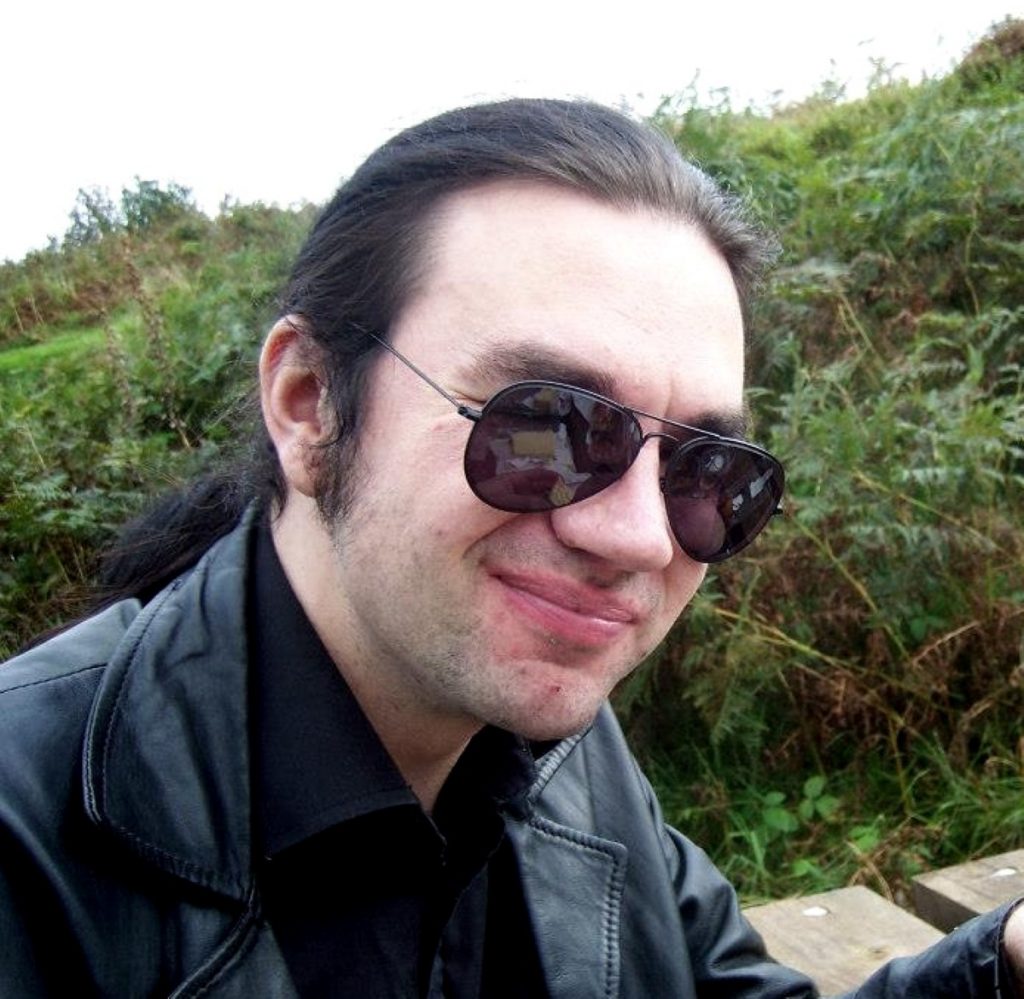Comment: Attacks against Goths are hate crimes
By Tim Sinister
Greater Manchester Police has announced that it will now classify attacks on members of alternative subcultures as hate crimes.
This follows extensive campaigning and educational work by the Sophie Lancaster Foundation – a charity established in the name of Sophie, who was kicked to death in Bacup, Lancashire in 2007. Sentencing her murderers, the judge made it clear that the girl’s cultural affiliation was a prime motivator in the attack, saying “this was a hate crime against these completely harmless people targeted because their appearance was different to yours.”
Now, as a result, the police have announced that, where identified, such motivated attacks “will be recorded as a crime by GMP in the same way as disability, racist, religious, sexual orientation and transgender hate crime to provide better support to victims and repeat victims.”


This decision to equate subculture with sexual orientation, colour, creed or religion has provoked some criticism and opposition over what is essentially a fashion choice. ‘Why can’t you just change the way you look?’ It’s the simplest solution to the problem that faces anyone, like me, who has become involved in the Goth subculture – and with it, the accompanying problem of harassment.
Imagine spending the last ten years or so resigned to abuse and threats of casual violence from complete strangers. Imagine getting used to the anxiety of using public transport, or walking past a busy pub, or even just visiting your city centre on a weekend.
‘So stop dressing so outrageously. Stop being different to everyone else, attracting attention to yourselves.’ But, is that the best defence? To concede to violence, that the fault is yours for how you look? That you should be more like everyone else – like the people who think it’s appropriate to threaten and mock you for not being like them?
As you can imagine, the temptation hasn’t quite seized me. I certainly hope being attacked hasn’t deterred Alexys Becerra, Melody McDermott or any of the commentators on my blog who have responded to articles written about the harassment of Goths with their own stories.
Research into crimes involving assaults on Goths is already proceeding, and The Blogging Goth has already talked to Dr Paul Hodkinson of Surrey University about studies into “targeted victimisation”.
I believe that a great deal of resistance to treating harassment of subcultures as hate crimes comes from the persistent belief that being into Goth, or punk, or metal, is a ‘phase’ for moody teenagers.
I raised this with Dr Hodkinson, who said “certainly the increasing prevalence of older participants serves to illustrate the extent of many people’s commitment to the group and to raise questions about the ‘just a youth phase’ idea.”
Goths aren’t just misunderstood, hormonal young people getting into scraps with other young people. A report as far back as 2006 indicated how many had come through university and gone into respectable careers whilst keeping the outrageous hair and penchant for melancholic music – my friends are academics and civil servants and engineers and teachers, not to mention the hordes working in IT, keeping online industry turning over. Yet this seems hard to believe, so the classification of harassing someone with an all-black wardrobe on the same level as someone who is black seems equally impossible.
I believe the debate can be drawn down to a simple rule. Is this person in danger because of how they appear? If so, it’s a motivated attack, and should be considered a hate crime. It’s interesting that some people believe they’re placed to decide what is discriminatory and what isn’t, perhaps not truly grasping the irony.
Let the critics take note as well, that the adoption of this policy merely affects the police’s official report on crime. It doesn’t affect the strength of punishment – at this stage, it’s merely an informational aid, and also to help the police provide support to victims. The results they turn up, combined with the findings of Dr Hodkinson’s research, will undoubtedly help law-makers understand if stronger policies are actually needed.
I feel certain that the evidence will bear out that living day to day in the shadow of utterly unsolicited abuse and harassment is grounds for the definition of hate, and in the words of assistant chief constable Gary Shewan of Greater Manchester Police – “Any crime motivated by hate is an insidious and evil crime.”
Tim Sinister is The Blogging Goth, combining a love of journalism and current affairs with a deep involvement in the UK Goth scene.
The opinions in politics.co.uk’s Comment and Analysis section are those of the author and are no reflection of the views of the website or its owners.

